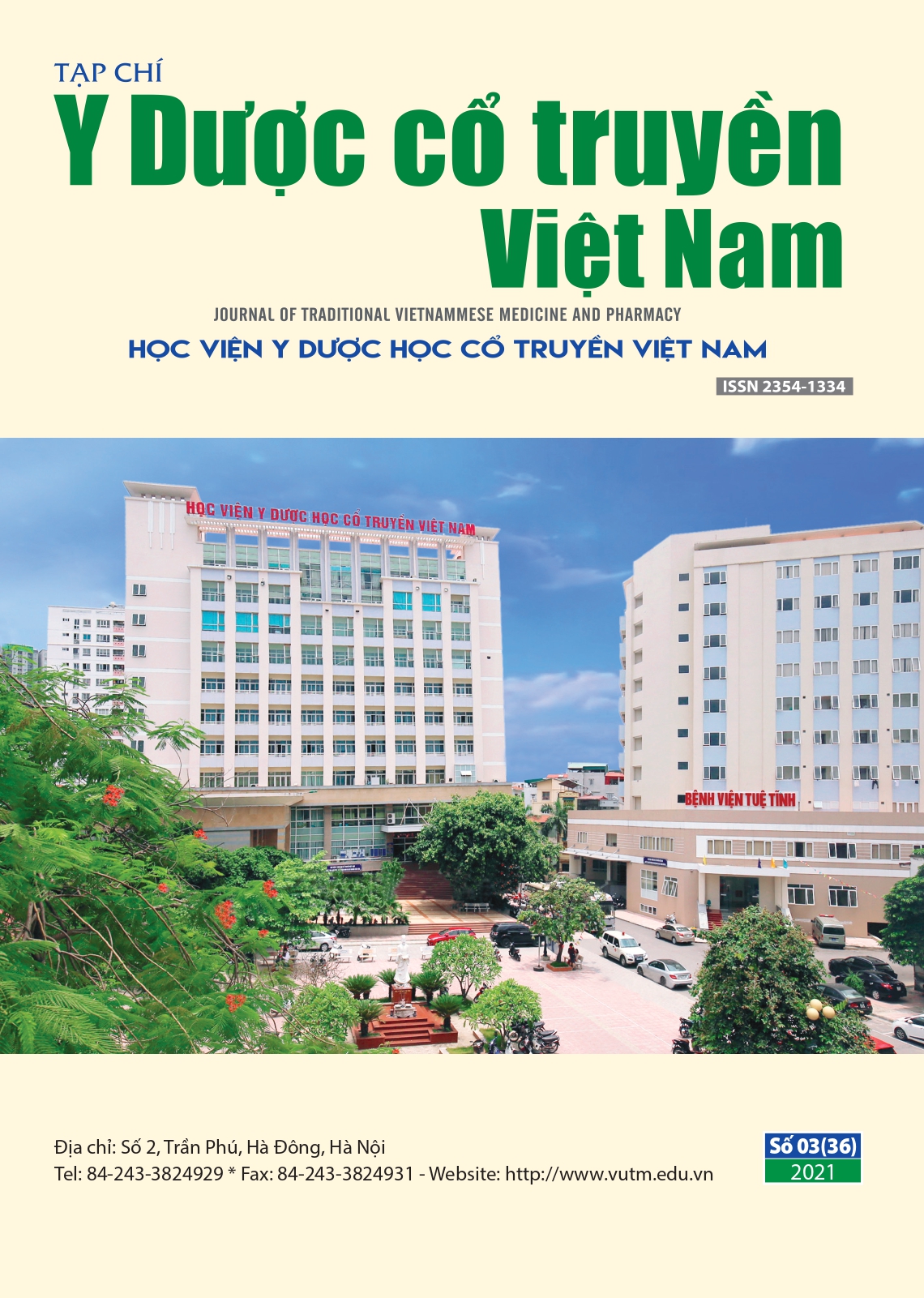Kết quả chăm sóc người bệnh đột quỵ não trong vòng 12 giờ tại Khoa Cấp cứu Bệnh viện Đa khoa Xanh Pôn năm 2020
Nội dung chính của bài viết
Tóm tắt
Mục tiêu: Mô tả đặc điểm lâm sàng, cận lâm sàng của người bệnh đột quỵ não trong vòng 12 giờ tại Khoa Cấp cứu – Bệnh viện Đa khoa Xanh Pôn năm 2020.
Phương pháp nghiên cứu: Nghiên cứu mô tả tiến cứu trên 105 người bệnh được chẩn đoán là đột quỵ não trong thời gian từ tháng 1/2020 đến hết tháng 8/2020 tại Khoa Cấp cứu - Bệnh viện Đa khoa Xanh Pôn. Người bệnh tham gia nghiên cứu được khám lâm sàng, xét nghiệm máu và được tư vấn – chăm sóc sức khỏe. Kết quả chăm sóc được đánh giá dựa theo sự thay đổi của các tiêu chuẩn: phân loại điểm Glasgow, phân loại điểm NIHSS (National Institutes of Health Stroke Scale - Thang điểm đột quỵ não của Viện sức khỏe quốc gia và đột quỵ não Hoa Kỳ), phân loại điểm Barthel, phân loại điểm mRankin và đánh giá điểm MMSE (The mini mental state examination – Trắc nghiệm đánh giá trạng thái tâm thần tối thiểu). Số liệu sau thu thập được xử lý bằng phần mềm SPSS 20.0.
Kết quả: Chỉ số mạch, nhiệt độ, huyết áp trung bình và nhịp thở của người bệnh ổn định dần qua các thời điểm theo dõi. Sau 12 giờ, tỷ lệ người bệnh có điểm NIHSS về mức trung bình và nhẹ tăng cao hơn so với thời điểm nhập viện. Tỷ lệ điểm NIHSS trung bình 47,6% và nhẹ là 38,1%. Tỷ lệ người bệnh liệt cải thiện tốt sau 12 giờ (giảm từ 100% xuống còn 50,4%). Tỷ lệ thất ngôn giảm còn 4,8%; có 9,5% trường hợp người bệnh đại tiểu tiện không tự chủ và 35,2% nói ngọng.
Kết luận: Sau 12 giờ nhập viện, các thang điểm đánh giá cho người bệnh có sự cải thiện tốt sau điều trị: Điểm Barthel, mRankin, MMSE. Dấu hiệu sinh tồn cũng trở lại bình thường sau chăm sóc.
Chi tiết bài viết
Từ khóa
Đột quỵ não.
Tài liệu tham khảo
2. Vũ Thu Thuỷ (2005). Nghiên cứu tác dụng điều trị của hoa đà tái tạo hoàn đối với nhồi máu bán cầu đại não sau giai đoạn cấp, Luận văn Thạc sỹ Y học, Đại học Y Hà Nội..
3. Nguyễn Thị Bảo Liên (2019). Đặc điểm lâm sàng, cận lâm sàng, các yếu tố nguy cơ đột quỵ của nhồi máu não cấp ở người bệnh rung nhĩ không do bệnh van tim, Luận án Tiến sỹ Y học, Đại học Y Hà Nội.
4. Mã Hoa Hùng, Cao Phi Phong (2017). Đặc điểm lâm sàng và các yếu tốliên quan đếnkết cục của nhồi máu tiểu não, Tạp chí Nghiên cứu Y học thành phố Hồ Chí Minh, 21(2), tr 114-120.
5. Đào Việt Phương, Nguyễn Văn Chi (2016). Điều trị kết hợp tiêu huyết khối tĩnh mạch với lấy huyết khối cơ học đường động mạch trong đột quỵ thiếu máu não cấp, Tạp chí Y học Việt Nam, 449(12), tr 81-86.
6. Mayte E van Alebeek, Renate M Arntz1, Merel S Ekker et al (2018), Risk factors and mechanisms of stroke in young adults: The FUTURE study, Journal of Cerebral Blood Flow & Metabolism, 38(9), 1631-1641.

